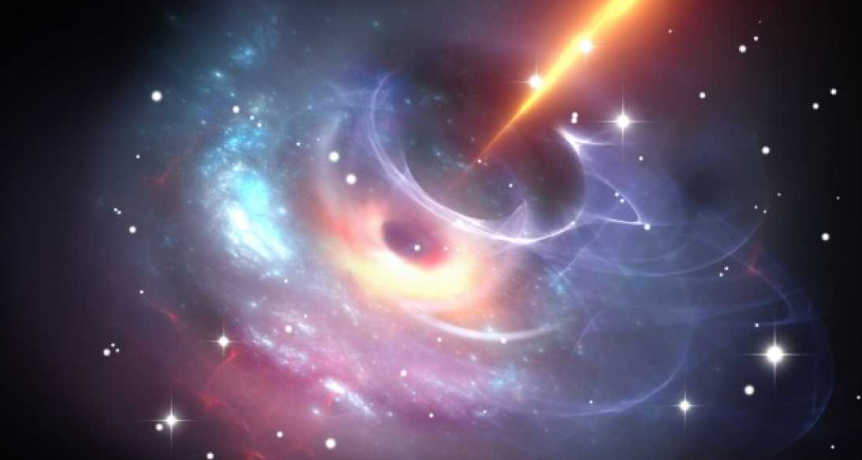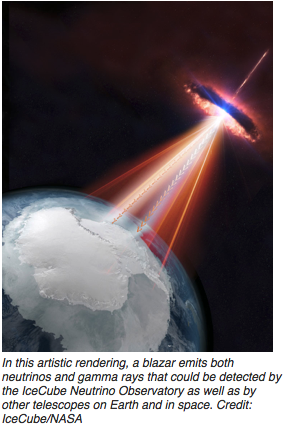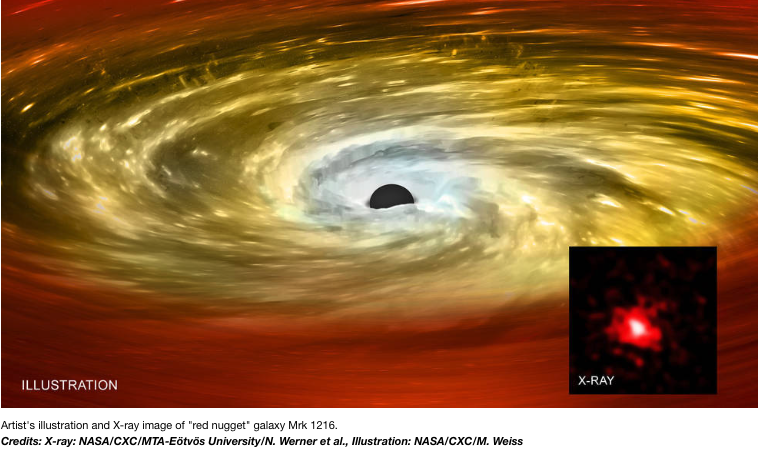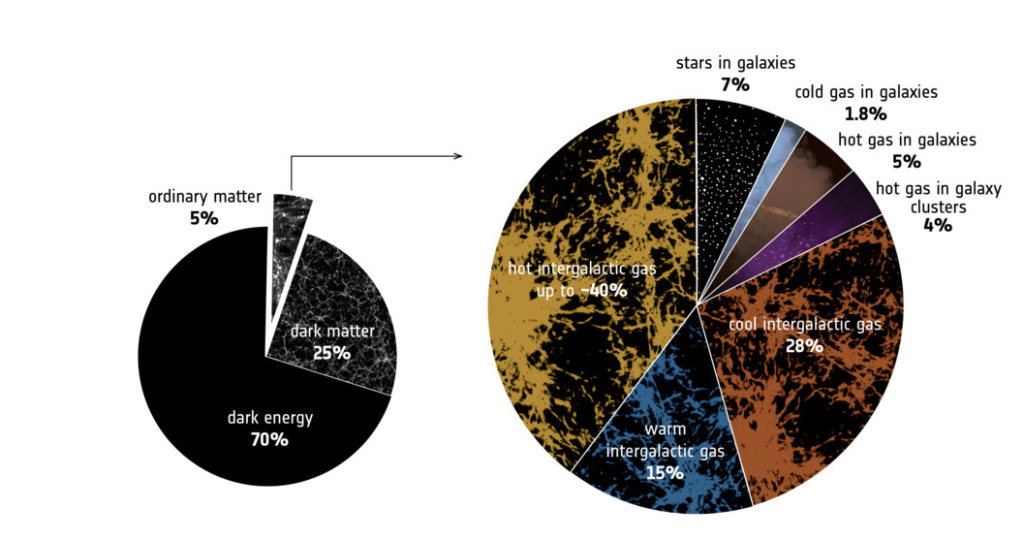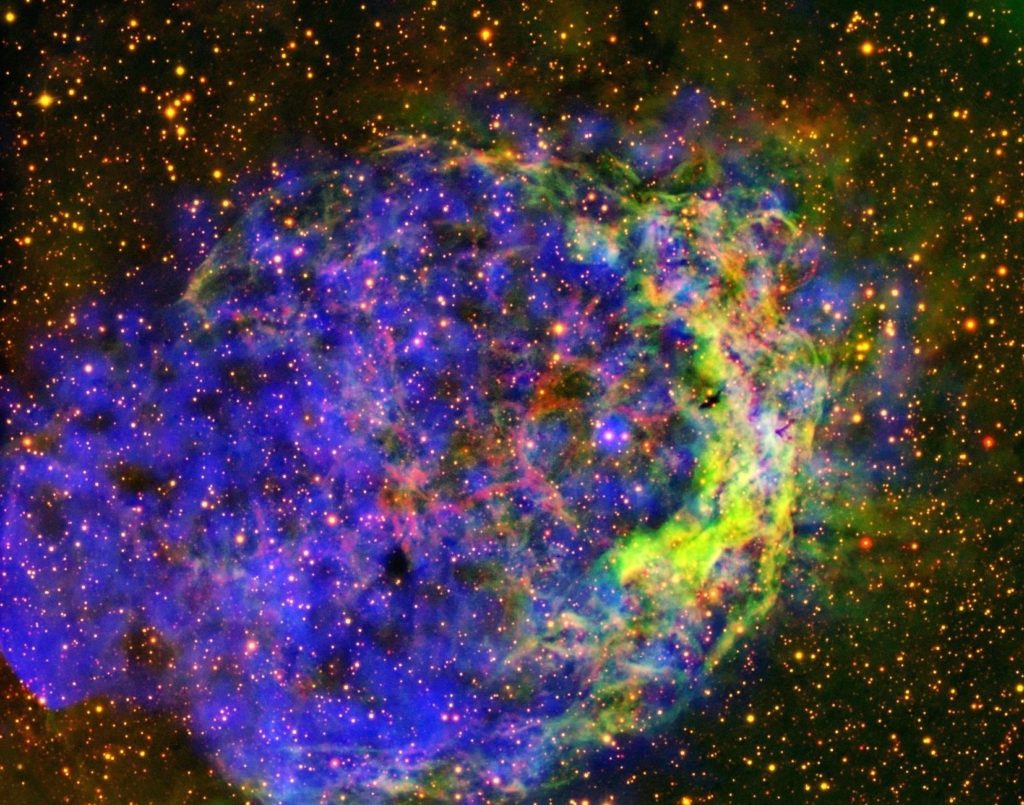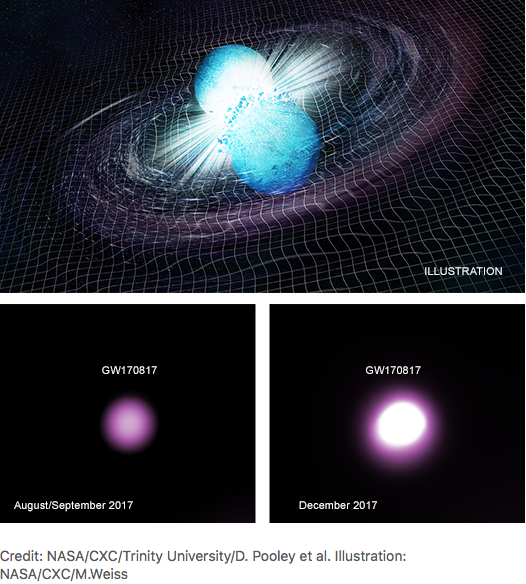Strong magnetic fields affect how supermassive black holes are fed.
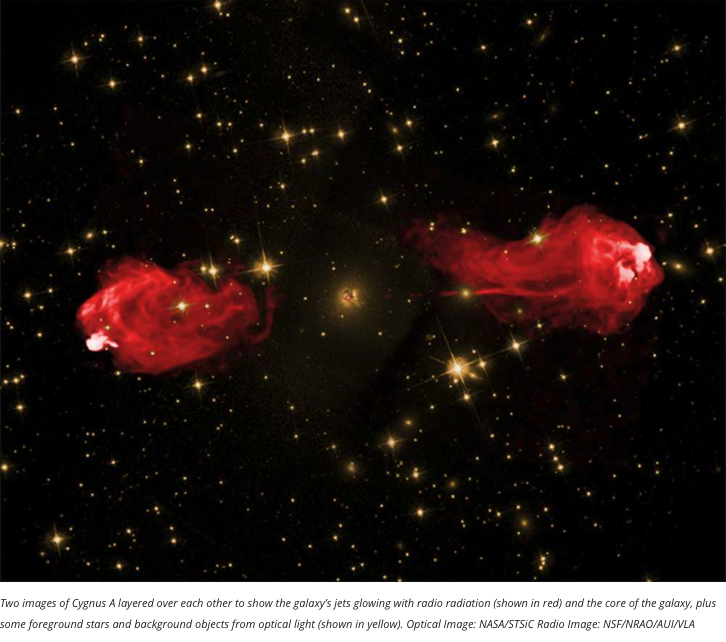
Many studies try to shed light on the origin of AGN obscuration. In a recent work, astronomers observed Cygnus-A, a radio galaxy about 750 million light-years from us that hosts a supermassive black hole (SMBH) which generates massive jets. These jets extent to about 150,000 light years. Their analysis reveals the presence of a strong magnetic field that regulates the feeding of the SMBH.


